Filter backwashing is the term for reversing the flow of water in and out of the filter tank, to clean a sand or DE pool filter. Sand filters and Diatomaceous Earth (DE) filters are backwashed to remove trapped debris, to raise flow rate and reduce system pressure. Cartridge filters are not backwashed, but instead the cartridges are removed and hosed clean.
Backwashing a sand or DE filter is a simple task. Shut off the pump, set the multiport valve or slide valve handle to the backwash position, roll out the backwash hose and turn the pump on again. Backwash for 3-4 minutes or until the water runs clear, then shut the pump off and return the valve to the filter position. Easy enough, and likely not new information.
What I hope is new information however, are some best practices for when to backwash, and how to improve backwashing or obtain the best possible cleaning for your pool filter.
When to Backwash Your Filter
The pressure gauge is the indicator that lets you know when it’s time to backwash. As the dirt load builds up inside the tank, the flow rate decreases and the tank pressure increases. When the filter pressure gauge reads 7-9 psi higher than the clean, start-up pressure, it is time to backwash the filter. However, if your flow rate or skimmer suction is significantly reduced at 5 psi, don’t wait until it reaches 7 psi to backwash.
When Not to Backwash Your Filter
Backwashing a sand filter too often can produce worse filtration, because a sand filter performs better when it is slightly dirty. Dirt trapped between sand grains helps to trap more dirt, and when half dirty, a sand filter can be twice as effective, as when fully clean. Backwash only when the pressure gauge is at least 5 psi higher than the clean pressure, or when water flow is noticeably reduced.
DE filters can be ‘Regenerated’ by doing a quick 5-7 second backwash, known as a “Bump”. As the water is (briefly) reversed inside the filter tank, it mixes up the dirt and DE powder, and when put back into filter mode, the mix re-coats the grids, allowing for higher flow and lower pressure. In this way, you can extend the length of time between full backwashes – saving time, water and DE powder.
How Long to Backwash a Filter
Just as long as you need to, until the water is running clear at the end of the hose, or in the sight glass, which some valves have for viewing the waste water clarity.
The larger the filter is, the longer it should be backwashed. Small to medium sized filters are usually clean in 2-3 minutes, and larger filters may take 3-5 minutes to backwash fully.
Sand Filter Backwashing Tips

Sand filter beds can be deep cleaned by removing the top valve or dome, and closing off suction and return valves. Probe the sand bed with a garden hose (water running), to flush deep inside the sand, and overflow the tank with water and trapped debris. You can also rake the sand bed with your fingers or a hand hoe, to remove mud-balls or calcified clumps of sand. After reassembly, start up the filter on backwash, followed by 20 seconds on the Rinse setting.
Sand filters can also be very easily cleaned using sand filter cleaner, which is added to the tank on the backwash position, then the pump is quickly shut off, allowing the chemical to soak the sand overnight. The next morning, a full backwash will reveal the dirt, oils and gunk that regular backwashing leaves behind, which might just amaze you.
D.E. Filter Backwashing Tips
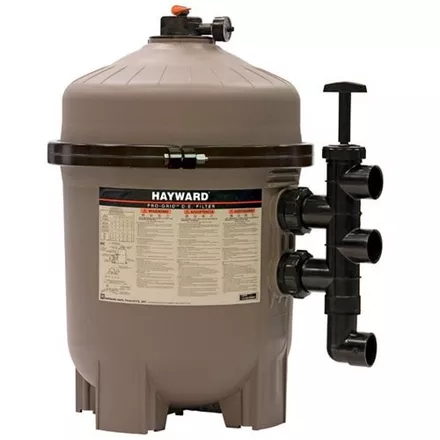
DE filters can be backwashed 2 or 3 times in succession, to remove more debris than is possible from just once. After backwashing a DE filter for 2-3 minutes, return the valve in the Filter position, and run the pump for 15 seconds. Then set the valve to Backwash again, for another 30 seconds. Repeat they cycle a third time, for the most effective backwash of a DE filter.
DE filters can also benefit immensely from an annual soaking in a DE filter cleaner, to remove pore-clogging oils and mineral scale. After cleaning completely as above, soak the entire grid assembly in a large (clean) trash can filled with water and DE filter cleaner. Soak for several hours, then flip the assembly upside down and soak again (unless you can submerge the grids entirely at once). Scale can also be removed from DE grids by soaking or spraying with a mild (10:1) acid solution, or for greasy films, use 1 lb. TSP per 5 gallons (hot) water.
DE filters need a complete cleaning every 6 months, to maintain peak performance. After backwashing thoroughly, open the air bleeder and remove the clamp band, and then the filter lid. Lift out the entire grid assembly, or if too heavy at first, remove the drain plug and hose the grids clean while inside the tank. After removing the grids, place in a stable area, where it won’t fall over, which could crack the manifold. Spend 10 minutes cleaning between the grids, then hose out the tank, and the tank o-ring, before replacing the grid assembly and clamping the tank tightly.
How to Use a Backwash Hose
Backwash hoses are optional, but not using one can be messy, and could erode the soils around the equipment pad, causing it to slip and slide. Backwash hose is available in 1.5″ or 2″ vinyl hose of different lengths.
Use the 1.5″ hose for small pumps, and 2″ hose for larger pumps with greater water volume. The hose attaches to a waste port hose adapter, held on with a hose clamp. A smaller length of hose is easier to manage, but if longer hose is needed to reach your best discharge destination, they can be joined (or repaired) with insert connectors and clamps.
Before turning on the pump to backwash, make sure that the hose is not twisted. Keep your eyes on the hose, and if it kinks, shut the pump off quickly, before the hose splits.
When done backwashing, drain the hose by raising it with your hand at the filter, and walking to the other end of the hose, where you can begin to roll up the hose. If you don’t roll up the discharge hose each time you use it, it won’t last nearly as long.
After rolling up the hose tightly, place the hose in a clean and dry area, between the valve and filter tank, or up against the base of the filter tank, or on the concrete, beneath an upside down bucket. This will help protect it from the elements and keep it from becoming slimy and grimy.
For pools with limited space or locations to send backwash water, you can re-purpose your filter waste water to water your lawn or garden, or just prevent erosion. The Eco Pool Backwash Fountain turns your backwash waste water into a lawn sprinkler, to prevent erosion and flooding when backwashing your filter.

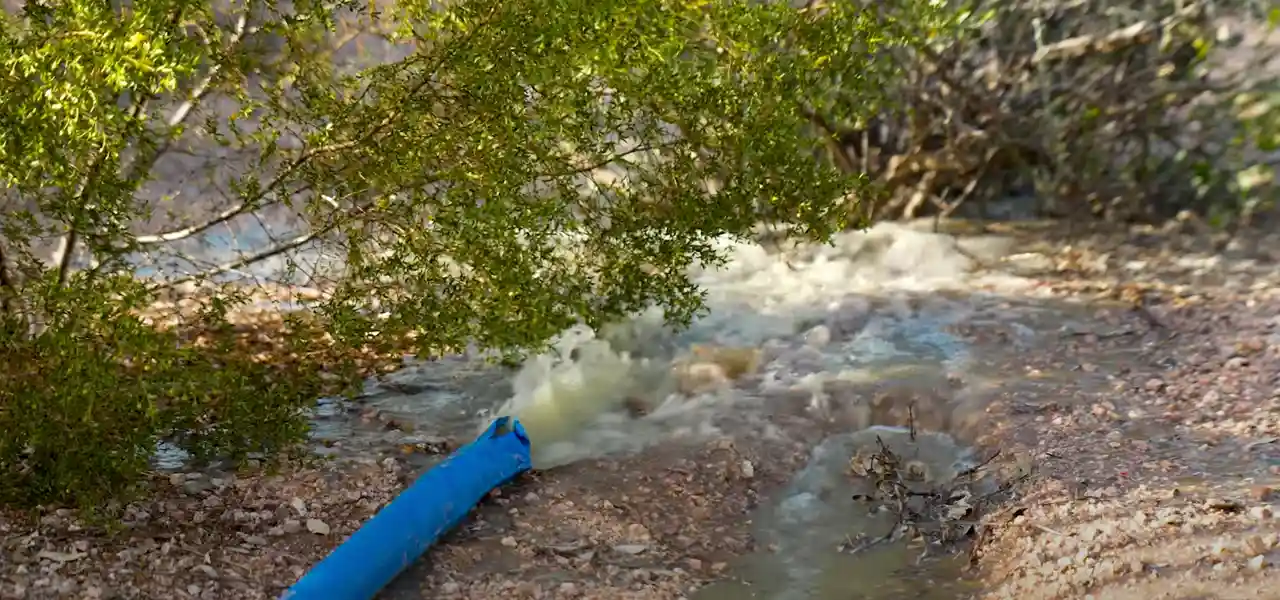
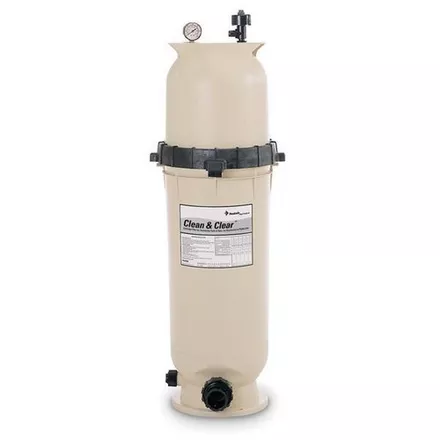
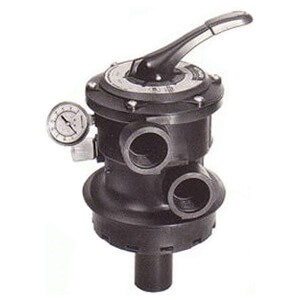
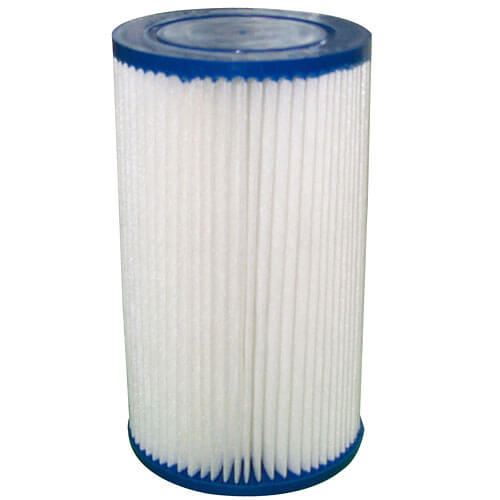
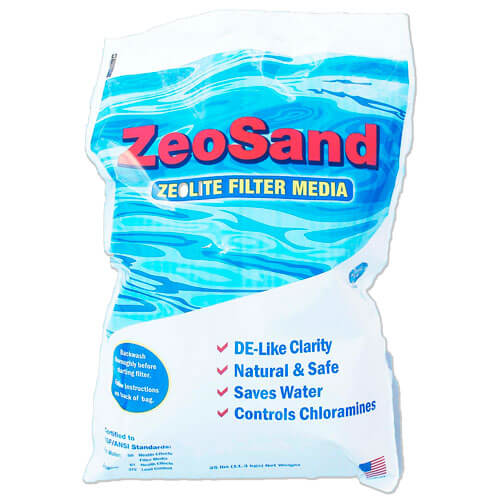
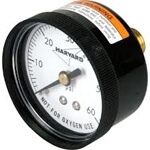
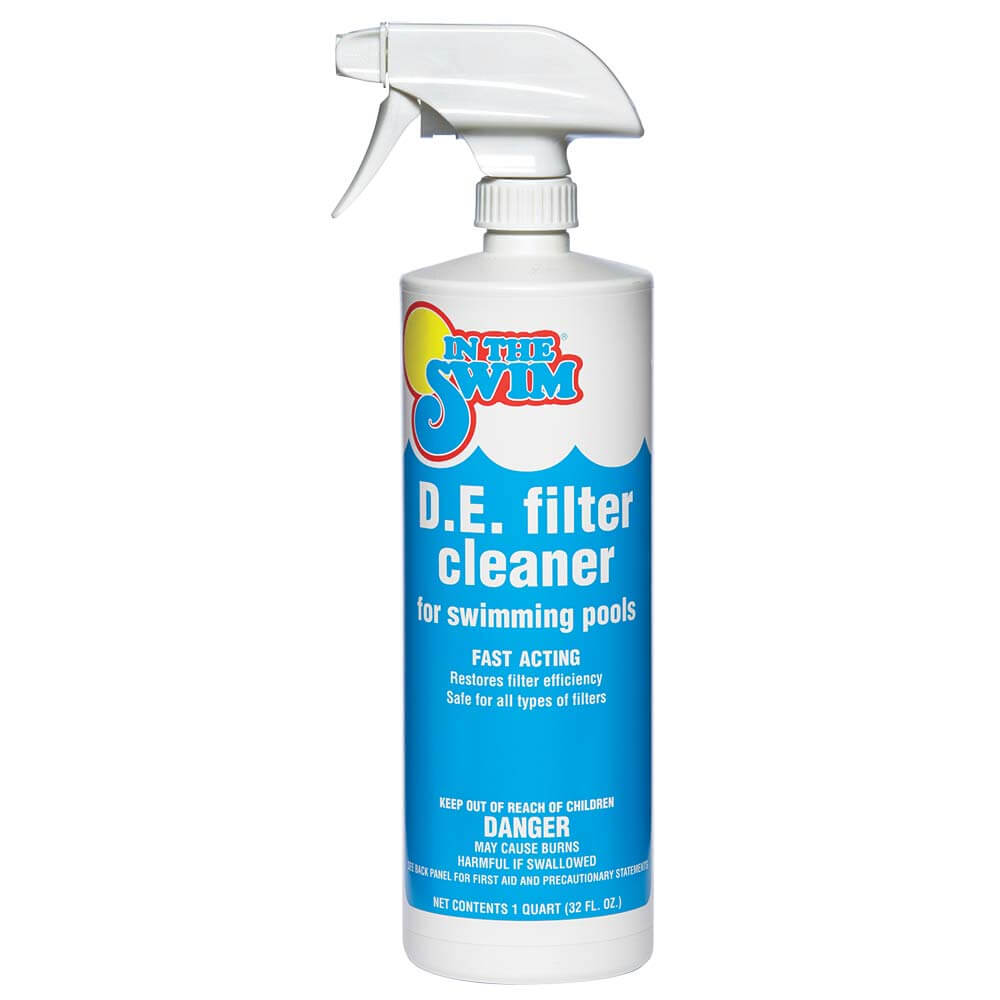
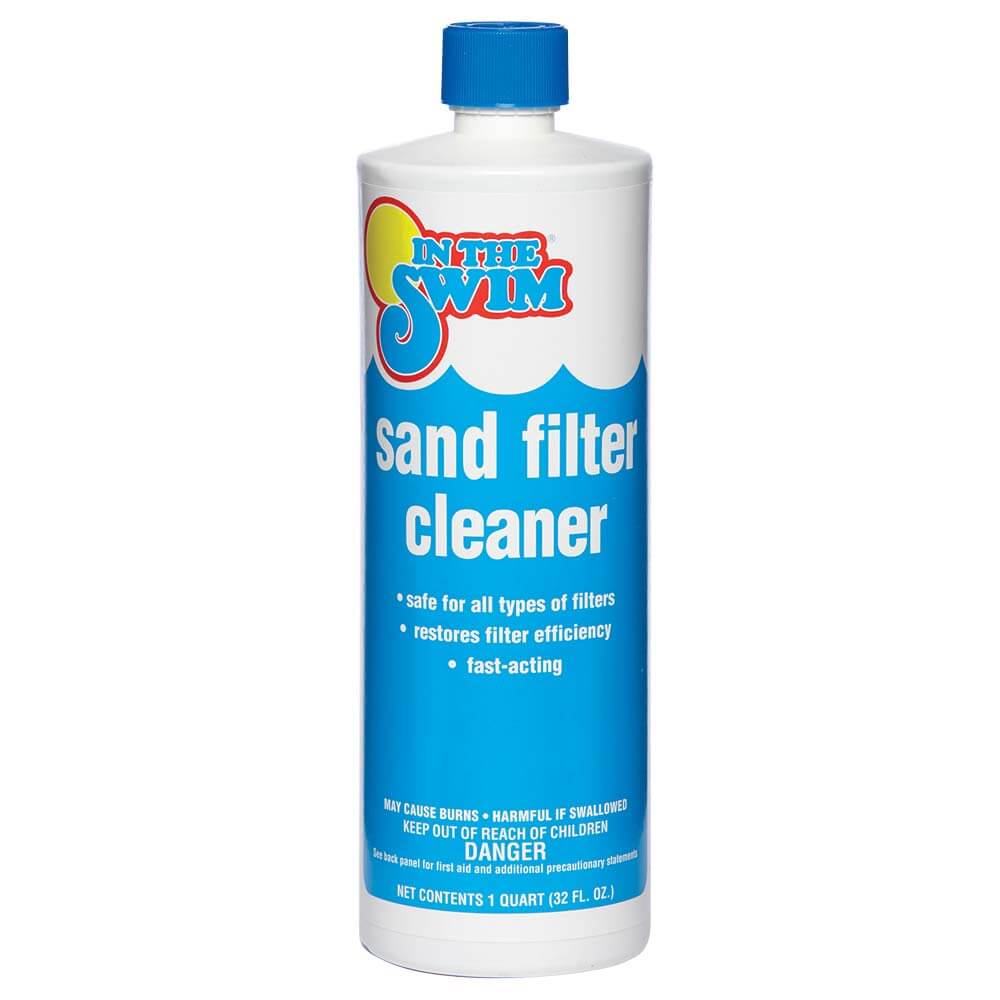
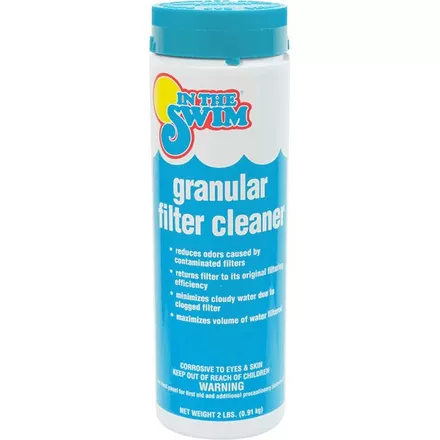
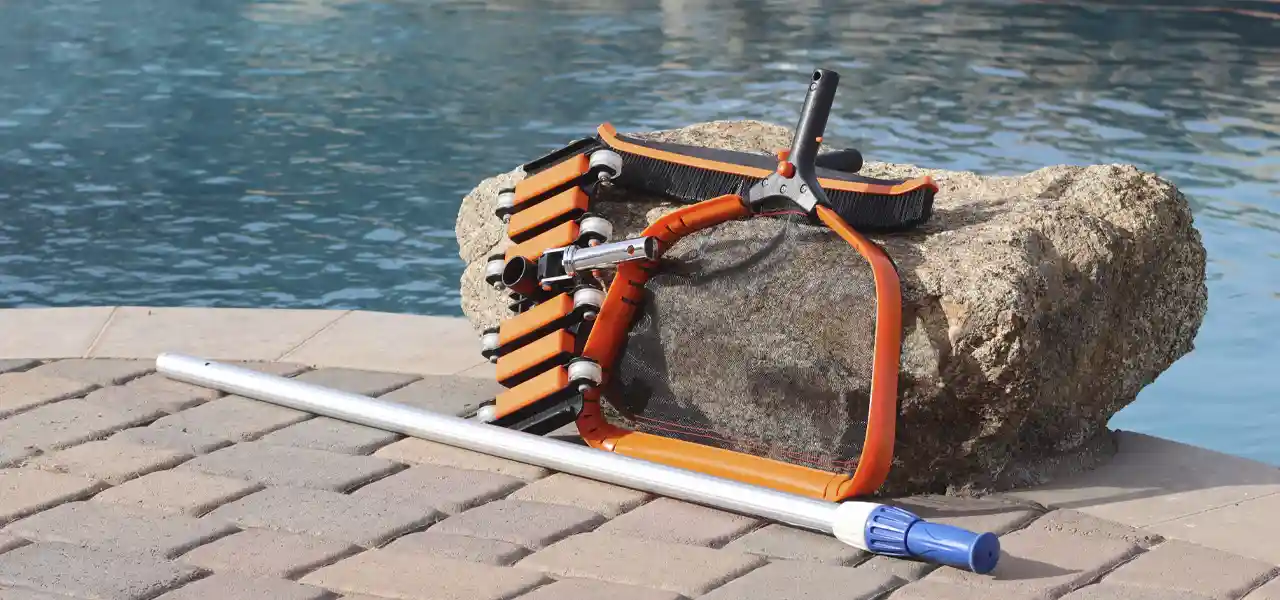

Are backwash hoses able to run uphill?
Yes, in most cases, no problem, except that when you shut off the pump it will still be full of water, so run your hand under the hose and lift your arm and hose up high and walk to the other end of the hose, draining/straining the hose while you walk
What will happen if I backwash without turning off the pump? My pump is not working and I am wondering if that is why.
Hi Susan, the usual problem is that the multiport spider gasket can be damaged, or it can cause some fittings between the pump and filter to start leaking. It should not damage the motor however, at least I don’t think so – check that the shaft on the motor spins freely, if not inspect the impeller, which possibly may have cracked. If that is good, check the power, “the problem lies where the power dies”, tracing from the breaker > time clock > motor.
This is very helpful, I wondered though, when backwashing, is it meant to reduce to pool water level. My filter pressure is low yellow and I backwashed to reduce but after a minute i noticed that the pump had no water coming through and the pool and gone down. Is this normal? Should I fill pool right up before backwashing? Thanks
Louise, yes backwashing will lower the water level, so you do need to keep an eye on it.
Thanks. Very helpful.